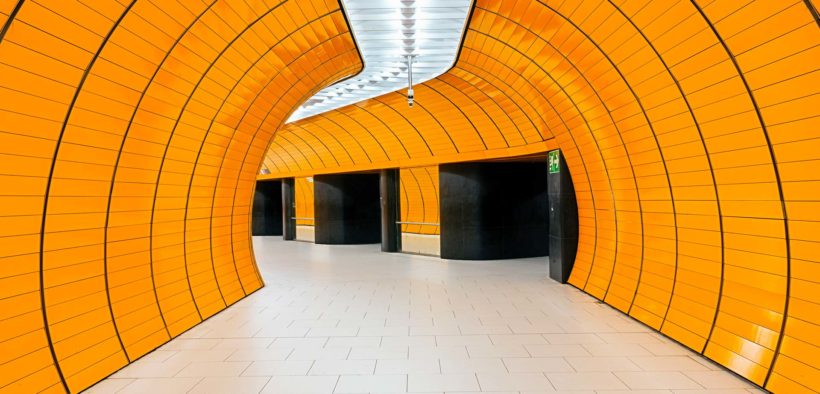Underground Wireless Design for Rapid Rail Transit: Challenges and Best Practices
Share

Most subway routes in core urban areas are located deep underground, where macro cellular coverage is non-existent. In big cities worldwide, hundreds of thousands of commuters depend on the subway (or Métro, MTR, MRT, U-bahn, Underground, etc.) on a daily basis. They need dedicated wireless networks to stay connected. First responders also need reliable public safety networks in subways stations and tunnels. Subway systems are one of the most challenging environments for wireless network design.
This detailed case study covers topics like:
- 3D modeling of multilevel transit stations
- Capacity dimensioning for rush hour
- In-building system sectorization
- Uplink noise control
- Equipment location (ease of maintenance vs. installation cost, vandalism concerns)
- Environmental challenges (metallic objects, damp conditions, AC instabilities)
- Dependence on simulation due to inaccessibility to real environment (24/7 subway service)
Download the white paper >
Watch the webinar >
Latest posts by Vladan Jevremovic (see all)
- A Deep Dive into iBwave Design Prediction Accuracy Report - November 18, 2024
- At a Glance: What Is New in Wi-Fi 7? - July 4, 2024
- Accurate Prediction Simplifies Private, In-Building 5G Network Deployments - March 1, 2023

























